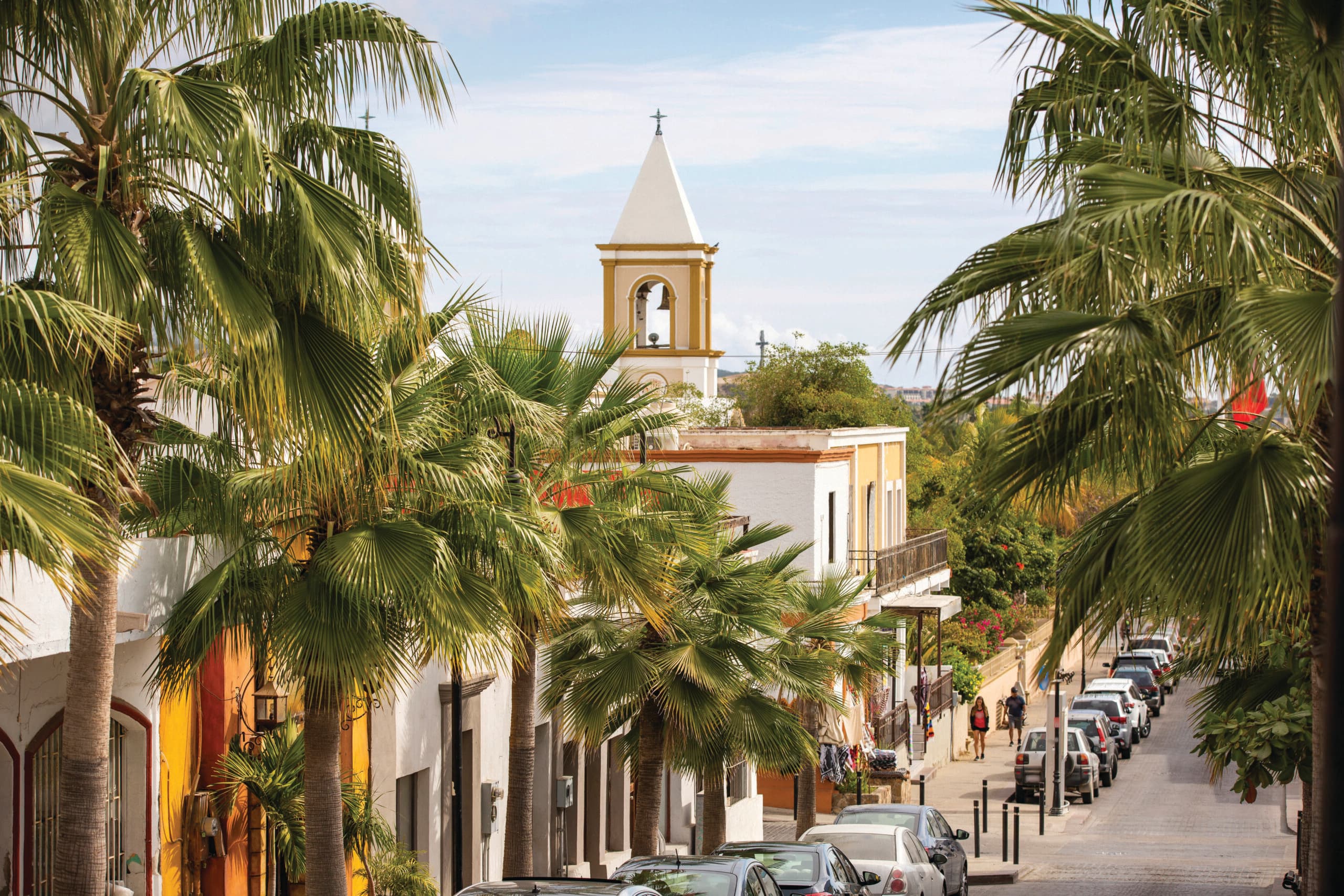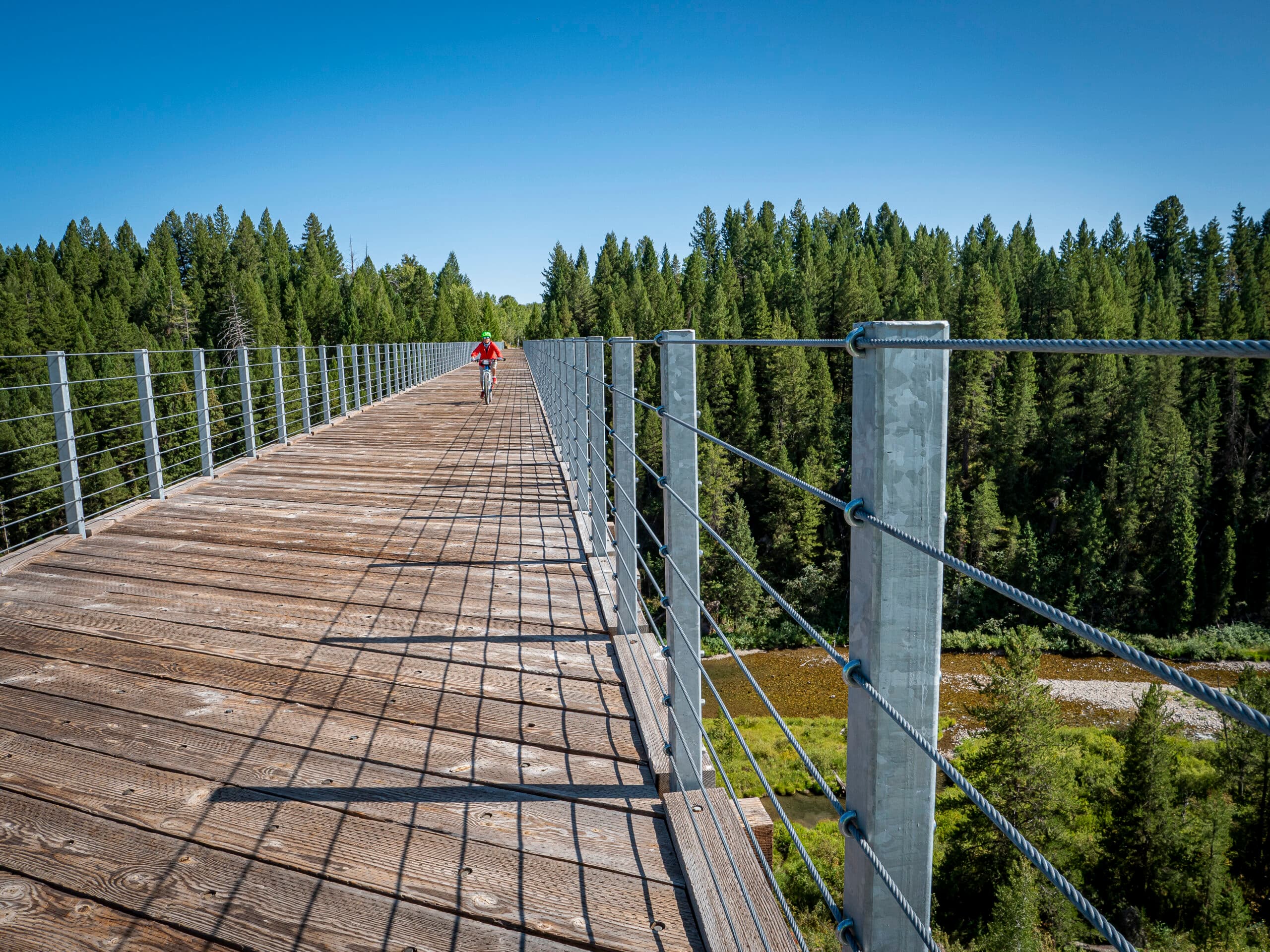Barkpacking
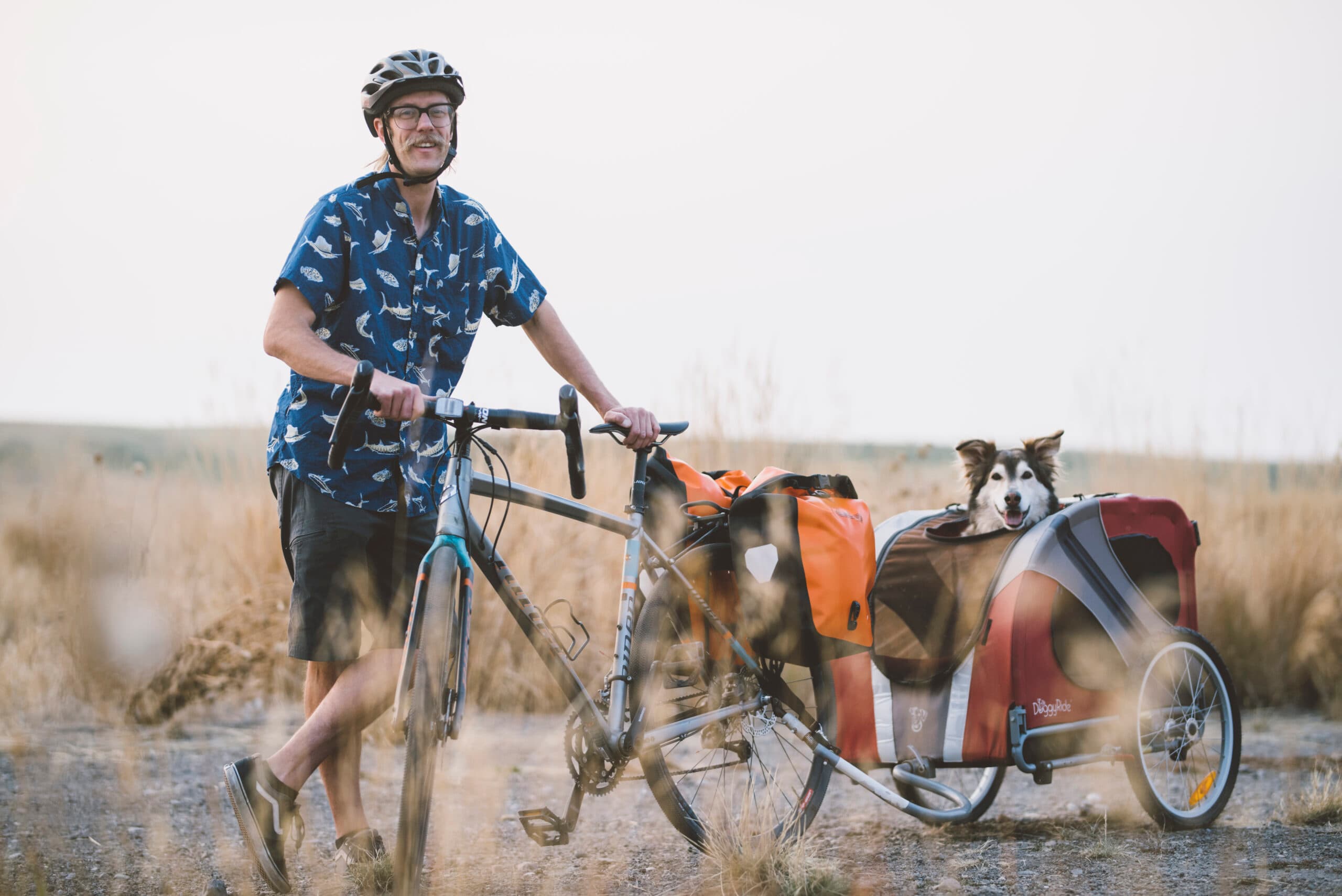
Yes, your dog can go bikepacking, too
When you have to leave your dog at home, it can be briefly heartbreaking. If you’re dressed for work, they seem to understand, but when you pack for a bike ride or ski tour, they seem to recognize the smells and sounds of adventure gear.
My dogs’ “I’ll-never-forgive-you” look is not one I take lightly. In winter, I can justify to myself and them that human-only outings are appropriate if the ski day is too long or the avalanche danger too high. In summer, however, we all know that most activities are dog friendly. That is, except for bikepacking.
My dogs Huck and Jasper love mountain biking, but road or gravel rides are too much for them, especially for Jasper, who recently crested double digits in age. Despite that, they still flash the “I’ll-never-forgive-you” look when the long-distance biking gear comes out. My girlfriend, Ellen, and I decided we needed a solution to this problem. Enter the bike trailer.
Several companies make pet-specific bike trailers. The two we purchased from the trailer company Pet Safe even have little windows on the tops for the dogs to stick their heads out of. Coupled with a rear bike rack and panniers, the setup supports an entire weekend bikepacking trip, something that has always been out of our reach unless we found someone to watch the pups. But, really, who wants to leave their dogs at home when they go camping?
There’s no manual for training your dog to ride in a bike trailer. Whether it’s easy or not will depend a lot on your dog’s temperament. Jasper, an 11-year-old Husky mix, took to it with little encouragement. On the other hand, my neurotic Airedale mix, Huck, no doubt harbors a keen memory of the six months he spent in a Humane Society kennel before adoption. Consequently, he distrusts any new enclosure, even though he’s enjoyed freedom for the past seven years.
It takes a hefty serving of treats thrown into the trailer to get him in, and even then he lets out a whooping whine for the first couple of minutes to express his displeasure.
After a few training trips to Victor to get the mail or buy groceries, we were ready to embark on our first overnight trip. We chose the “Around the Rock” route, a circumnavigation of the Tetons that follows the Ashton-Tetonia Trail State Park to Grassy Lake Road, then wends its way to Jackson through Grand Teton National Park.
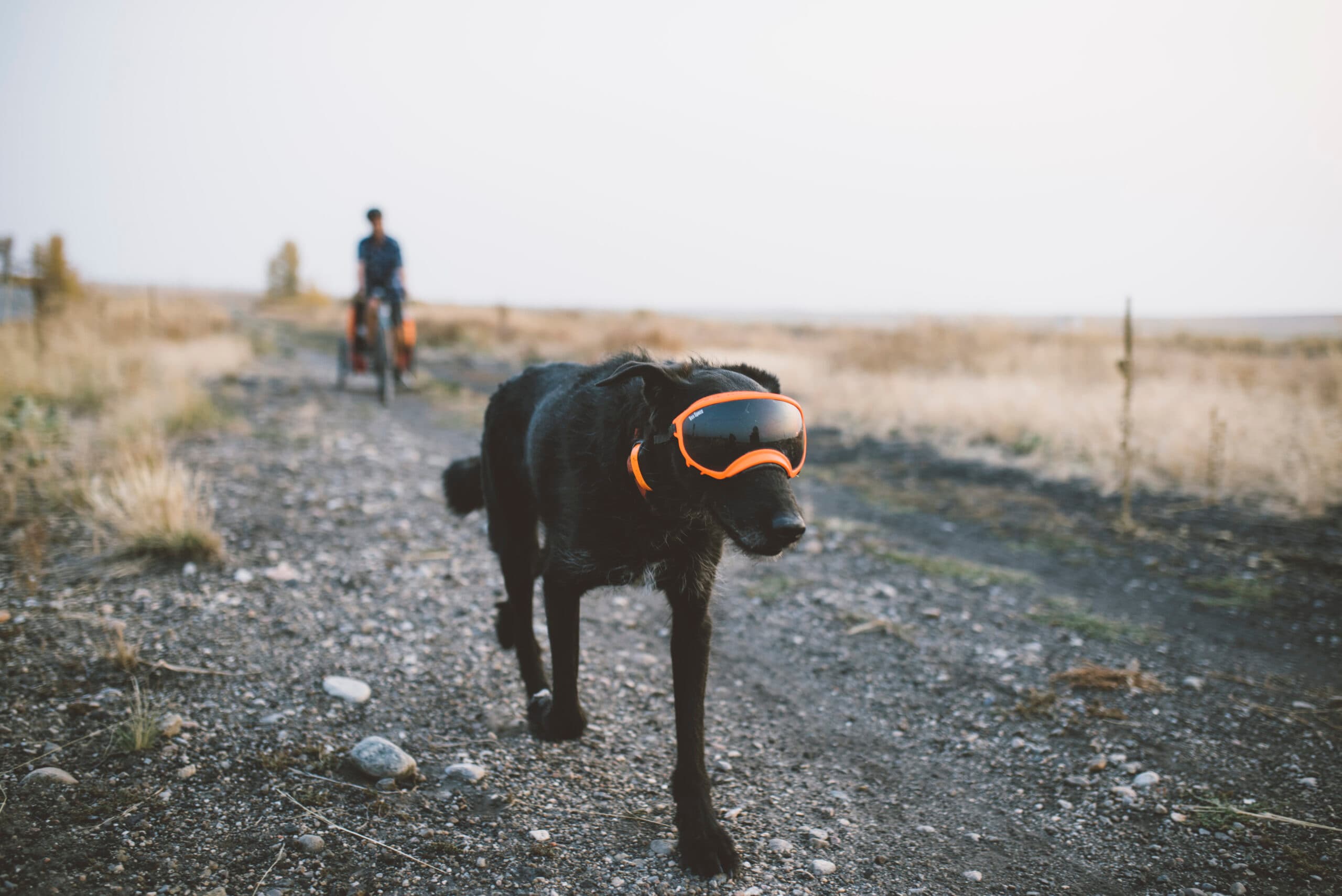
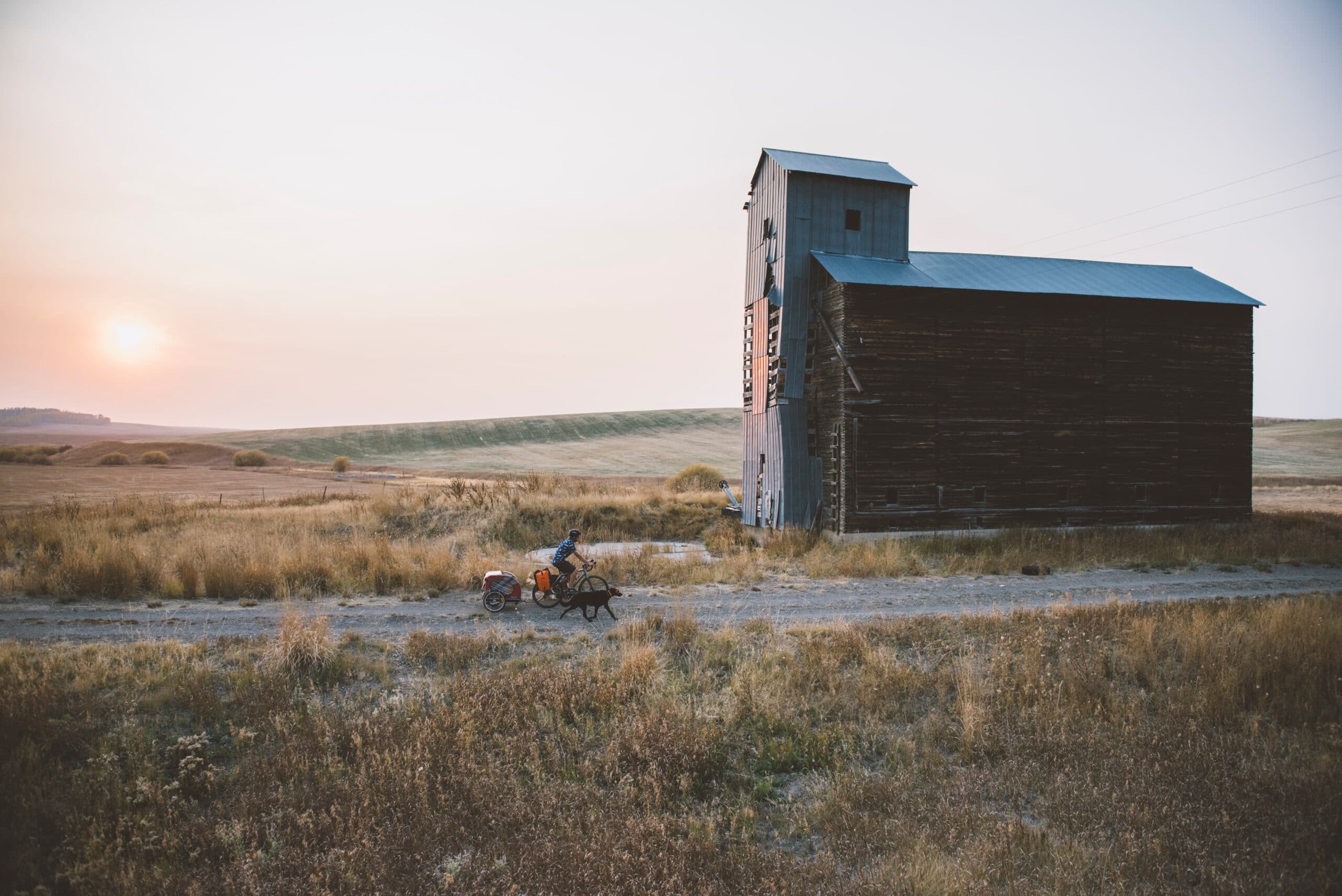
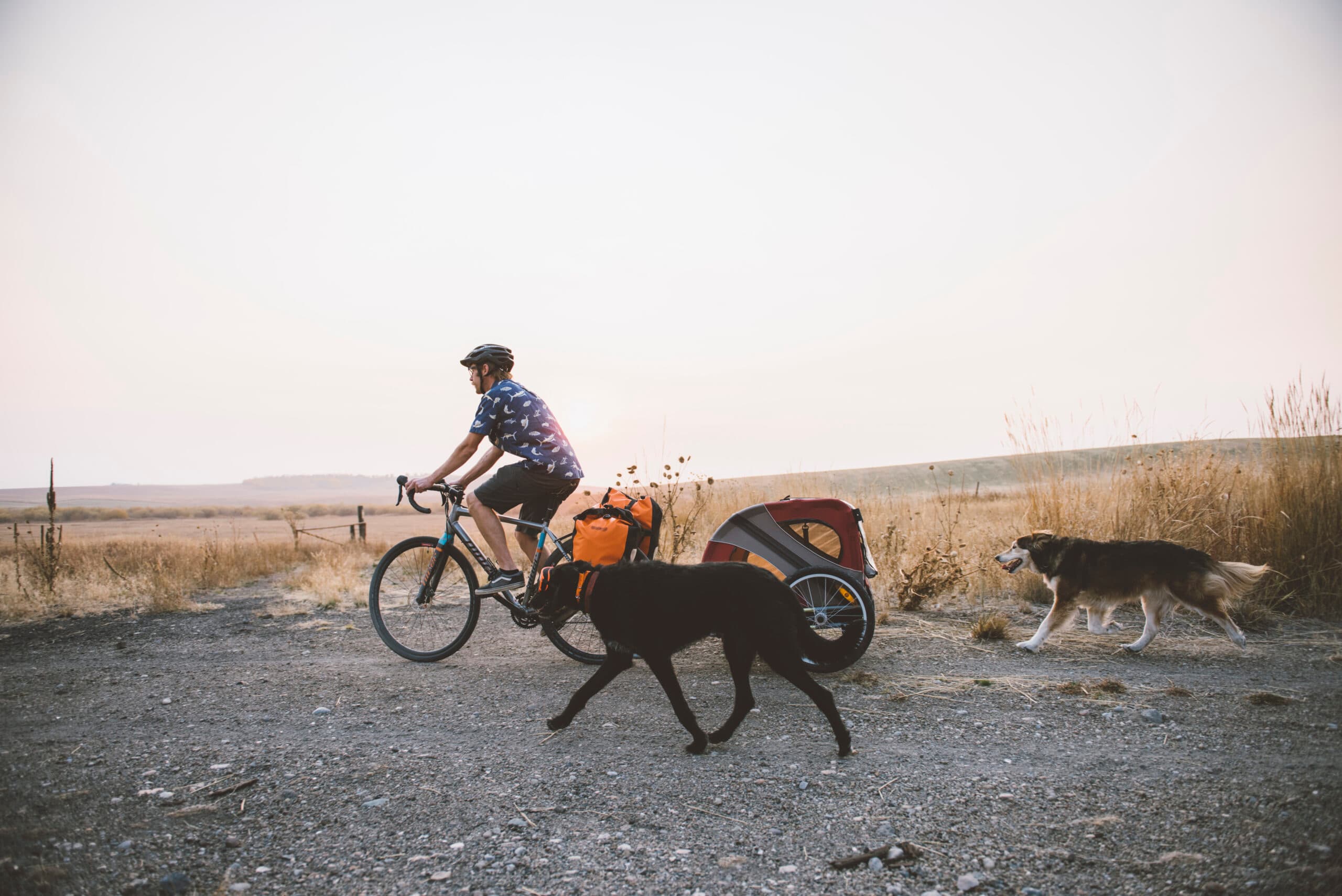
Huck preferred to run on the Ashton-Tetonia Trail, the old rail bed that bisects the farmlands north of Teton Valley. Fields of hay waved in the sunshine; grain elevators testified to the history of the region’s farmers and settlers. Bitch Creek gurgled far below its iconic trestle bridge, aspens lining the canyon rim.
The dogs ran until they were tired, a state that took much longer for Huck to achieve than it did Jasper. By the time Huck had slowed to the point of needing to ride in the trailer, he didn’t even protest. Pulling a dog in the trailer is a lot of work, but the satisfaction of arriving at camp after a good ride with tired dogs is ample reward.
In hindsight, the Ashton-Tetonia Trail and Grassy Lake Road may not have been the ideal choices for our inaugural voyage. Much of the Ashton-Tetonia Trail is pretty soft, making it a difficult substrate for towing more than 110 pounds of dog and gear—both Huck and Jasper each weigh a whopping fifty-five to sixty pounds.
Grassy Lake Road, which hugs the boundary between Grand Teton and Yellowstone national parks, is beautiful. Meadows and lakes line the road on the western side of the Tetons, and the high peaks wink in the vista to the south. However, the section that traverses the north side of the Teton Range is steep, and although the dogs trotted the uphills and coasted in the trailers on the downhills, the extra weight made the going slower than anticipated.
But riding on hard-packed gravel roads (without too much incline) was incredible. Once your momentum is achieved, the trailer rides nicely. For anyone used to hundred-mile days or accustomed to tracking their top speed on a ride, towing a dog trailer will feel like living in slow motion, but it was generally a slow enough speed to allow me to listen to my book on tape, which I appreciated.
In the end, I’m not sure this sport is for everyone. If the idea of bringing your dog along on the adventure outweighs the desire to set a new personal record, it might be for you—and, strictly from a workout stance, it’s pretty exhausting.
The activity requires a different mindset than a lot of people have when they set out for a full-day ride. Fifty miles is probably the extent of what most would want to ride while towing a trailer, far less than your weekend cyclist might hope to cover. Nevertheless, I’m hooked.
Idaho is full of rolling hills, hot springs, and solid gravel roads well-suited to towing a dog trailer. From the central Idaho hot springs bikepacking loop to weekend trips around City of Rocks or ranges like the Pioneers, there are a lot of places my dogs still need to see, and the trailer is a perfect vantage point.
If there’s one thing our dogs and I agree on, it’s that they deserve weekend trips just as much as Ellen and I do. And, although he’d be loath to admit it, I’m convinced Huck would always choose riding in the bike trailer over staying home.


